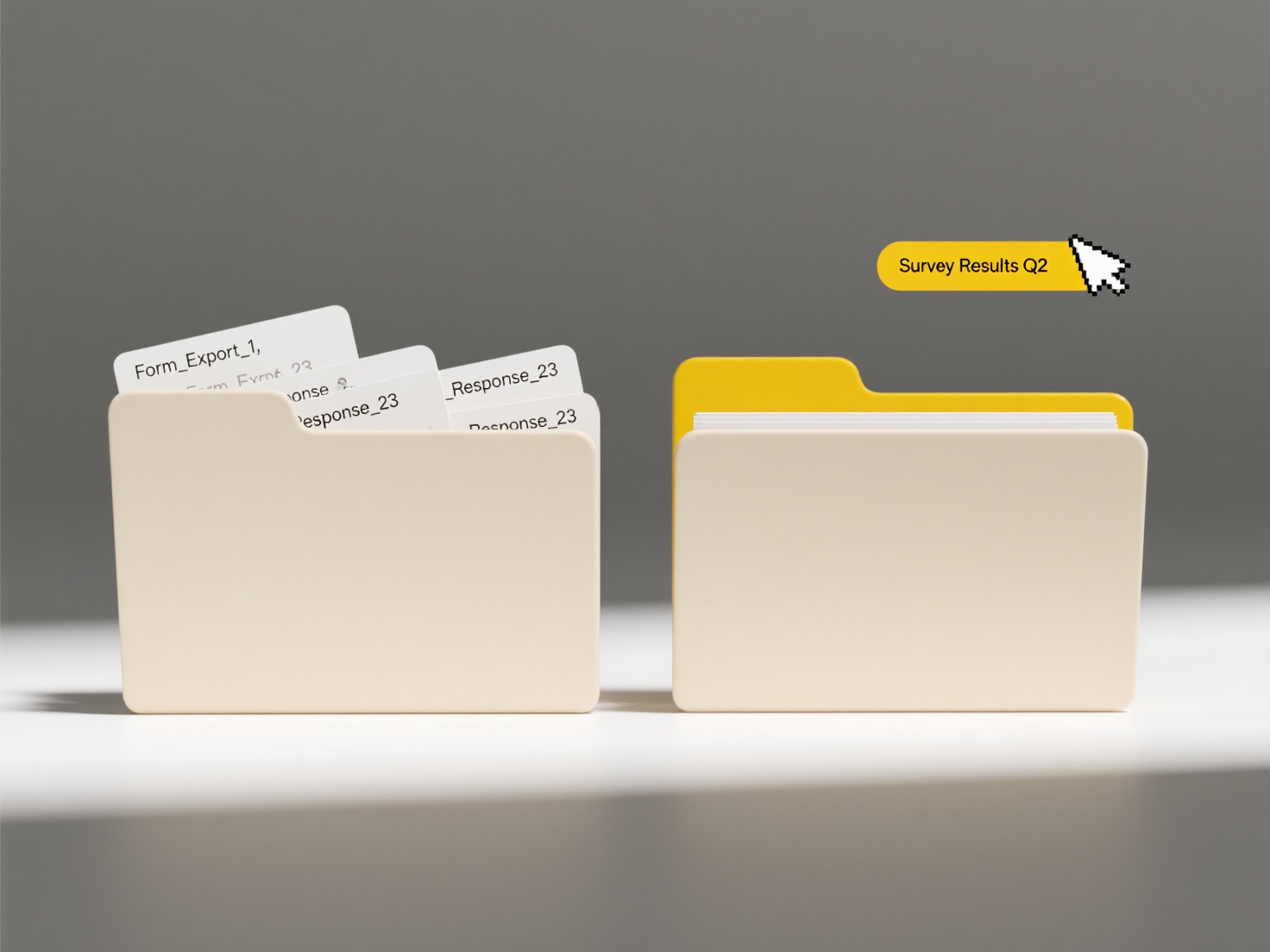
A blank screen after opening a file typically indicates the application encountered a problem displaying the content. This can happen due to file format incompatibility (the software doesn't recognize the data), file corruption (data is damaged), processing delays (the software is still loading complex information), or a temporary software glitch. It differs from an outright error message because the application often remains open but fails to render the expected content visibly.
For instance, opening a complex graphic design file (like a Photoshop PSD) on a machine lacking sufficient RAM might show a blank canvas while it loads in the background. Similarly, a large Microsoft Excel spreadsheet with intricate formulas can sometimes appear temporarily empty while calculations complete. Video editing software opening an unsupported or corrupted video file format is another common scenario where a blank playback window occurs.

While a blank screen can protect the user from encountering chaotic or unreadable data during processing, it's a significant limitation as it provides no immediate feedback on the cause. This lack of information frustrates users and hinders troubleshooting, potentially masking critical issues like data corruption. Future improvements involve software providing clearer progress indicators or immediate warnings about compatibility/corruption issues instead of a blank state.
Why is a blank screen shown after opening a file?
A blank screen after opening a file typically indicates the application encountered a problem displaying the content. This can happen due to file format incompatibility (the software doesn't recognize the data), file corruption (data is damaged), processing delays (the software is still loading complex information), or a temporary software glitch. It differs from an outright error message because the application often remains open but fails to render the expected content visibly.
For instance, opening a complex graphic design file (like a Photoshop PSD) on a machine lacking sufficient RAM might show a blank canvas while it loads in the background. Similarly, a large Microsoft Excel spreadsheet with intricate formulas can sometimes appear temporarily empty while calculations complete. Video editing software opening an unsupported or corrupted video file format is another common scenario where a blank playback window occurs.

While a blank screen can protect the user from encountering chaotic or unreadable data during processing, it's a significant limitation as it provides no immediate feedback on the cause. This lack of information frustrates users and hinders troubleshooting, potentially masking critical issues like data corruption. Future improvements involve software providing clearer progress indicators or immediate warnings about compatibility/corruption issues instead of a blank state.
Quick Article Links
Are temporary files deleted automatically after processing?
Are temporary files deleted automatically after processing? Wisfile automatically deletes all temporary data after pro...
Why does my antivirus block saved files?
Antivirus software scans all files accessed on your computer, including saved files, to detect and prevent malicious thr...
Why do I see “unsupported codec” when opening media?
A media codec (coder-decoder) is software that compresses (reduces file size) and decompresses digital audio or video co...